5 new fragrances from Hermès are all about the base notes

So-called boutique perfume ranges are coming to have a bad name, as too many ‘luxury’ brands have jumped on what can be a very lucrative bandwagon, having realised that consumers can be persuaded to pay twice as much for what, in many cases, are bog-standard scents if they call them ‘private label’ and limit their distribution (though we’ve noticed that increasingly some don’t even bother doing that).
Luckily a few brands have kept standards high for their boutique perfumes, notably Chanel (even if at least one of its Exclusifs line has been tinkered with by new nose Olivier Polge) and Hermès, which launched its Hermessences range in 2004 under the guidance of the much-mythologised perfumer Jean-Claude Ellena. These ‘olfactory poems’, as Hermès bills them, generally foreground one or two ingredients, and have a refinement and an interest in unusual pairings that, while always intriguing, sometimes come across as rather uncommercial – which in our book makes them truly luxurious. They’re certainly miles away from most mass- and middle-market fragrances.
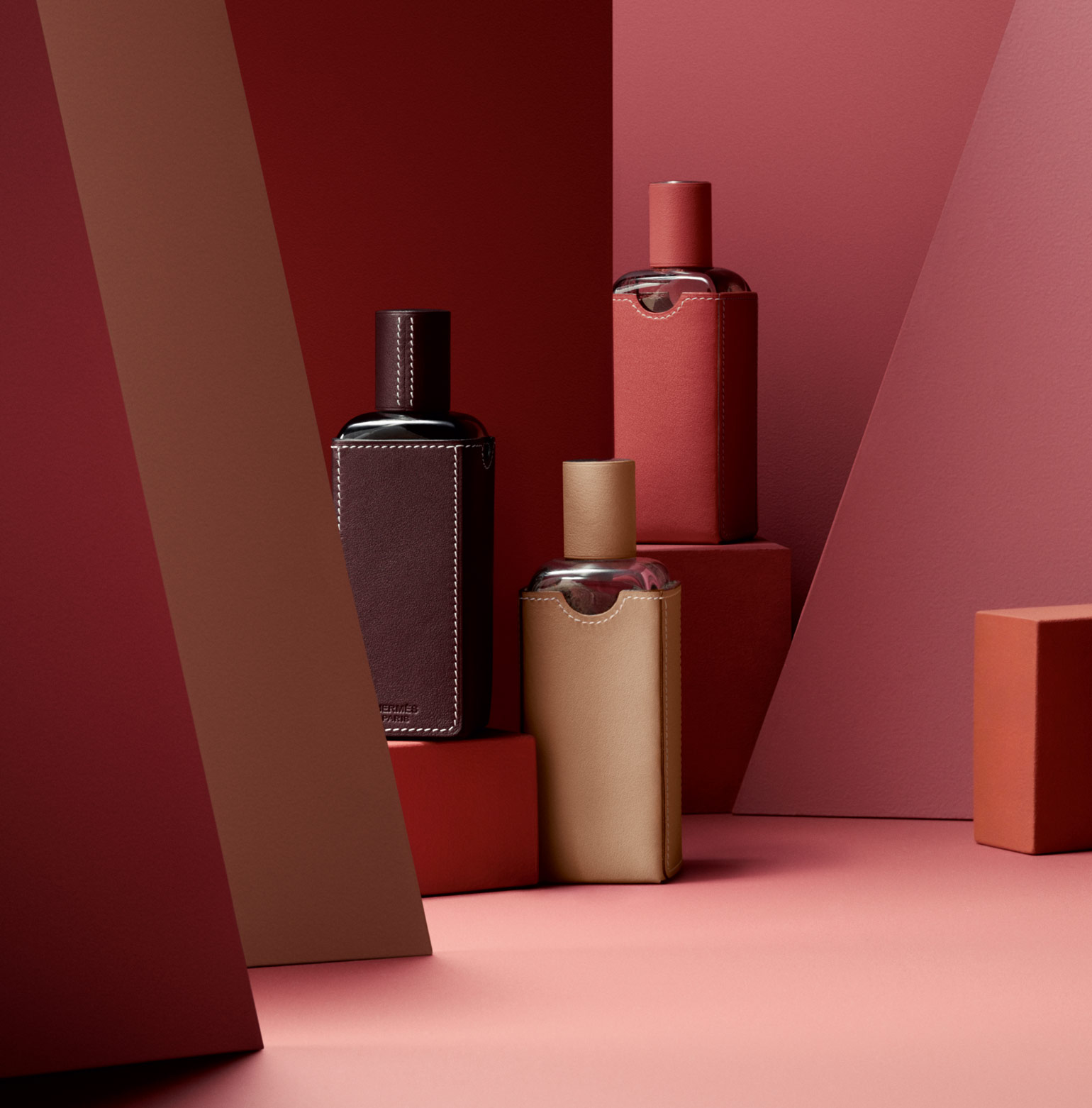
The Hermessences
range
With Christine Nagel taking over as in-house perfumer in 2016, it was only a matter of time before she turned her attention to the Hermessences range. But her decision (and she insists that it was her decision, not the brand’s) to launch five new perfumes in one go comes as a pleasant surprise, especially as each has its own definite character and strengths. Three of them are eaux de toilette, like the others in the range, but two mark a new departure for Hermès, being oil-based ‘essences de parfum’, intended to be worn on their own or used as a base for other perfumes.
As their names suggest, the two oil-based scents, Cardamusc and Musc Pallida, are both centred on refined, long-lasting modern synthetic musks. Cardamusc is infused with the fresh but spicy smell of cardamom – an appealing update on Ellena’s trademark use of cumin, whose faintly sweaty character some people find unpleasant. Musc Pallida mixes musk with the equally soft and sensual scent of iris or orris root (the species iris pallida is grown for the essential oil extracted from its rhizomatous roots).
As for the three eaux de toilette, Myrrhe Eglantine is Nagel’s light, fresh interpretation of the so-called wild dog rose, rosa canina, often poetically referred to as eglantine, combined with the dry scent of myrrh. ‘Myrrh is a difficult material to work with and hardly ever used today, though it’s one of the oldest perfume ingredients,’ Nagel says, and you can sense that she’s enjoyed the challenge of balancing her disparate ingredients to make a harmonious whole. The myrrh adds an extra note of resinous sweetness to the scent, extending the evanescent smell of this lightest of rose perfumes. (In practice, eglantine’s simple, five-petaled flowers yield no viable amounts of perfume oil, so Nagel has had to recreate its scent using a skilful blend of other ingredients.) Cèdre Sambac cleverly unites the woody, rather pine-like smell of cedar wood with the floral lushness of sambac jasmine, playing a conventionally ‘masculine’ ingredient off against one that’s usually regarded as very feminine – and creating an intriguingly androgynous perfume in the process.
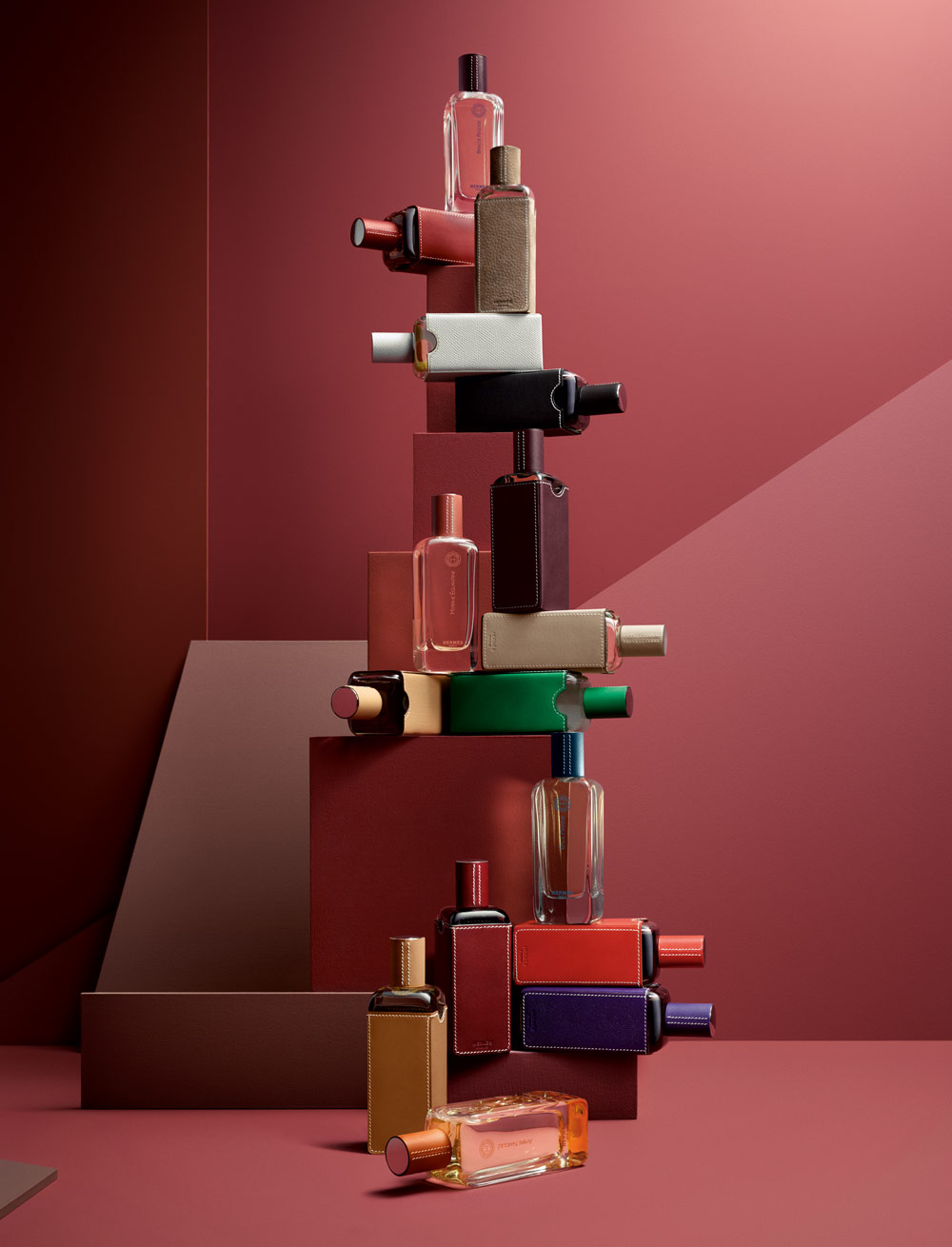
The Hermessences
range
The final scent in Nagel’s quintet, Agar Ebène, is also perhaps the cleverest. The astonishing success of oud-based perfumes in western markets, and the importance of high-spending Middle Eastern consumers to luxury brands, means that perfume brands are under a lot of pressure to include an oud in every range. To their credit, both Chanel and Hermès have resisted the temptation so far, and Nagel says, ‘in the Middle East, perfume lovers tend to carry a little phial of good-quality oud with them anyway, which they mix with their favourite scents. I also didn’t want to use oud because natural stocks have been badly over-exploited, so you could say it’s an ethical stand as well.’ Instead she has used agar wood, which has some of the same woody-sweet aspects as oud, along with fir balsam and what Hermès calls cashmere, which presumably means the soft, plush long-lasting synthetic Cashmeran.
Wallpaper* was invited to the international launch of Nagel’s new range in the desert north of Marrkech, which was supposed to be hot and dry but instead proved to be unseasonally cold and wet. Confined to a luxury hotel instead of a desert encampment, Nagel and the Hermès team seemed surprisingly phlegmatic about the rain pouring on their parade. ‘Hermessences launches are always a disaster,’ chuckled a senior member of the team, detailing some previous mishaps over the years.
Christine Nagel may not – at least so far – command the kind of guru-like awe that surrounded Jean-Claude Ellena, but she has obviously relaxed into her new role, and her new Hermessences are (dare we say it?) perhaps slightly more accessible and wearable than Ellena’s sometimes rather cerebral scents. They’re certainly an attractive addition to this properly luxurious range.
INFORMATION
For more information, visit the Hermès website
Receive our daily digest of inspiration, escapism and design stories from around the world direct to your inbox.
-
 Winston Branch searches for colour and light in large-scale artworks in London
Winston Branch searches for colour and light in large-scale artworks in LondonWinston Branch returns to his roots in 'Out of the Calabash' at Goodman Gallery, London ,
-
 The most anticipated hotel openings of 2026
The most anticipated hotel openings of 2026From landmark restorations to remote retreats, these are the hotel debuts shaping the year ahead
-
 Is the future of beauty skincare you can wear? Sylva’s Tallulah Harlech thinks so
Is the future of beauty skincare you can wear? Sylva’s Tallulah Harlech thinks soThe stylist’s label, Sylva, comprises a tightly edited collection of pieces designed to complement the skin’s microbiome, made possible by rigorous technical innovation – something she thinks will be the future of both fashion and beauty
-
 Hermès’ Oud Alezan perfume captures the emotional bond between horse and human
Hermès’ Oud Alezan perfume captures the emotional bond between horse and humanHermès’ nose Christine Nagel tells of her chance meeting with a horse named Scheherazade, which formed the inspiration behind new fragrance Oud Alezan
-
 Latest Hermès perfume offers a radically new approach to fragrance
Latest Hermès perfume offers a radically new approach to fragranceHermès' in-house perfumer Christine Nagel discusses the subversive innovation behind the maison’s new perfume, Terre d’Hermès Eau Givrée
-
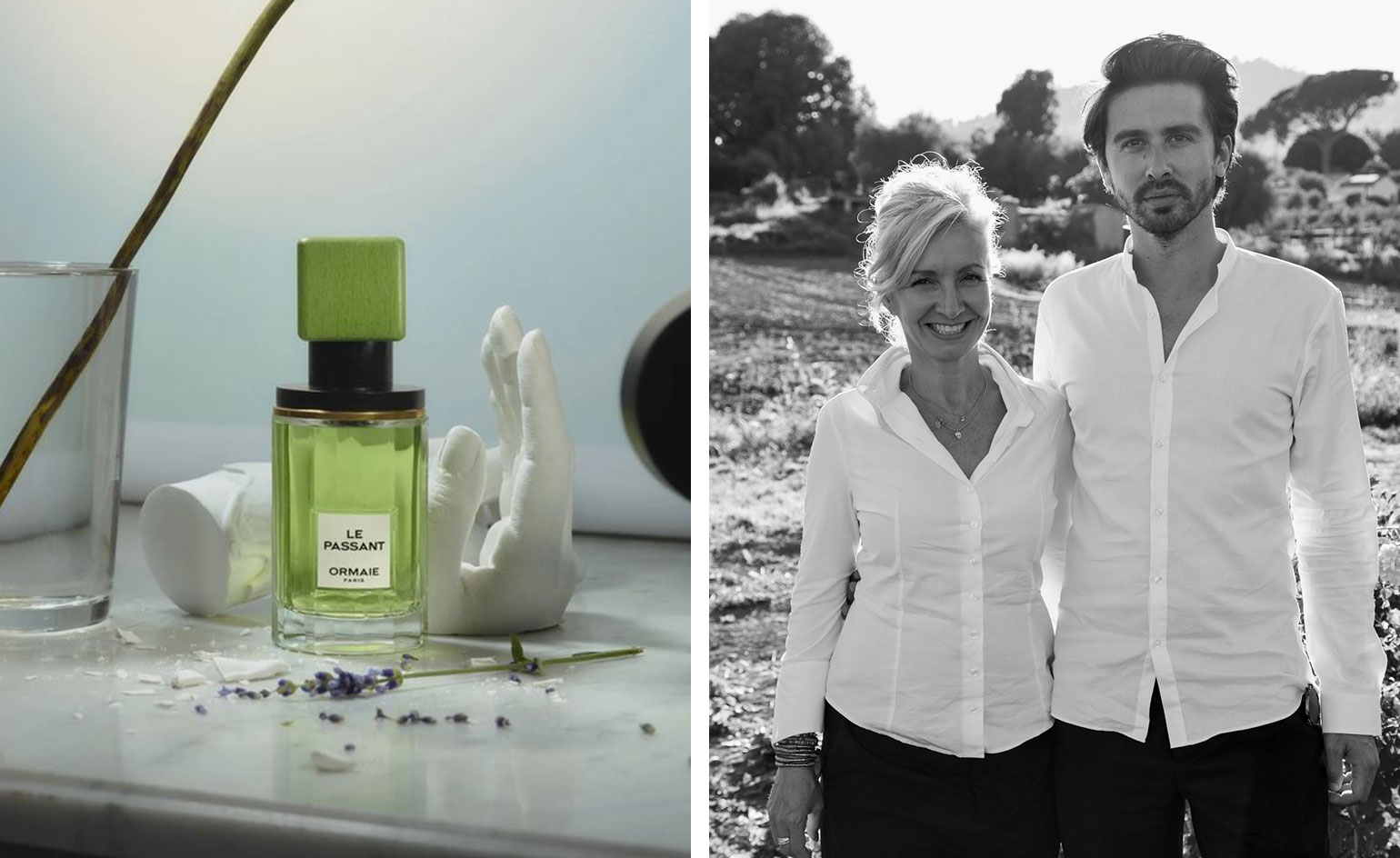 Mothers and sons on generational wisdom and self-care
Mothers and sons on generational wisdom and self-careHear from the founders of Ormaie, Melyon, and Guy Morgan, who all created brands inspired by their mothers
-
 Byredo and filmmaker Fenn O’Meally on identity and mixed emotions
Byredo and filmmaker Fenn O’Meally on identity and mixed emotionsByredo founder Ben Gorham on new fragrance launch, Mixed Emotions, and his collaboration with filmmaker Fenn O’Meally
-
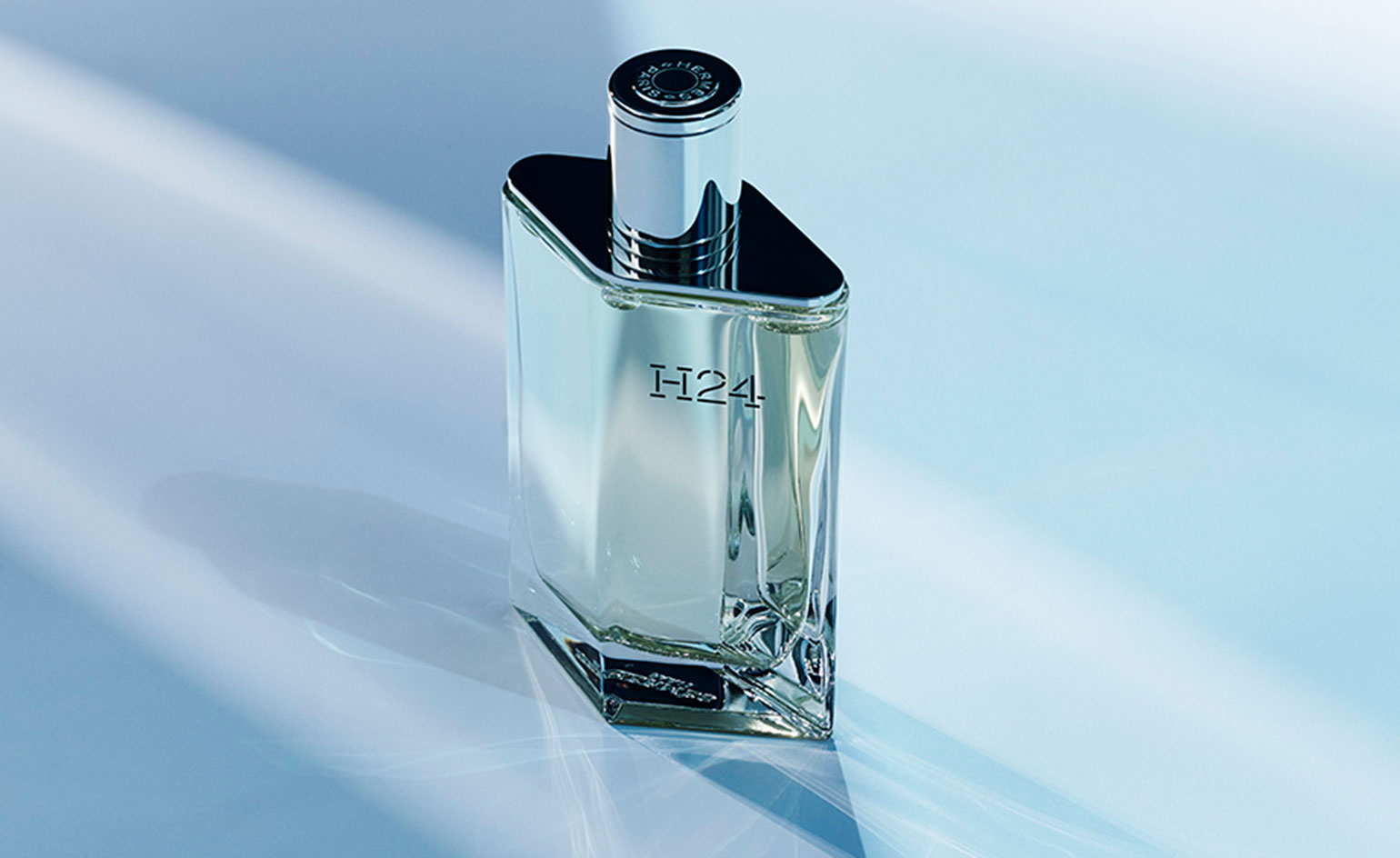 Hermès debuts its first men’s fragrance in 15 years
Hermès debuts its first men’s fragrance in 15 yearsHermès blends biotechnology and botanicals for its new men’s fragrance, H24
-
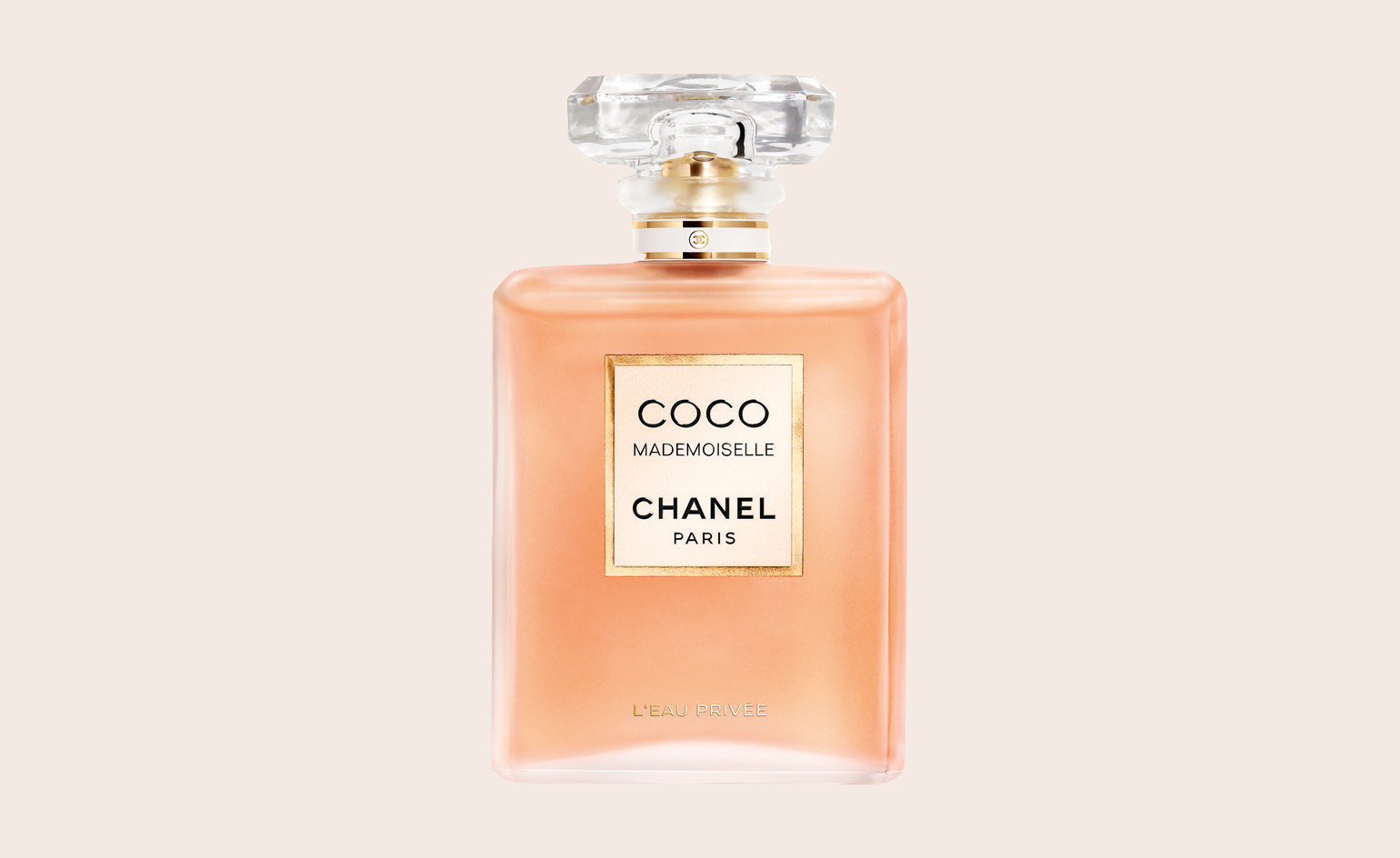 Sweet Dreams: Chanel’s classic fragrance gets ready for bed
Sweet Dreams: Chanel’s classic fragrance gets ready for bedChanel perfumer Olivier Polge discusses the brand's new nighttime fragrance
-
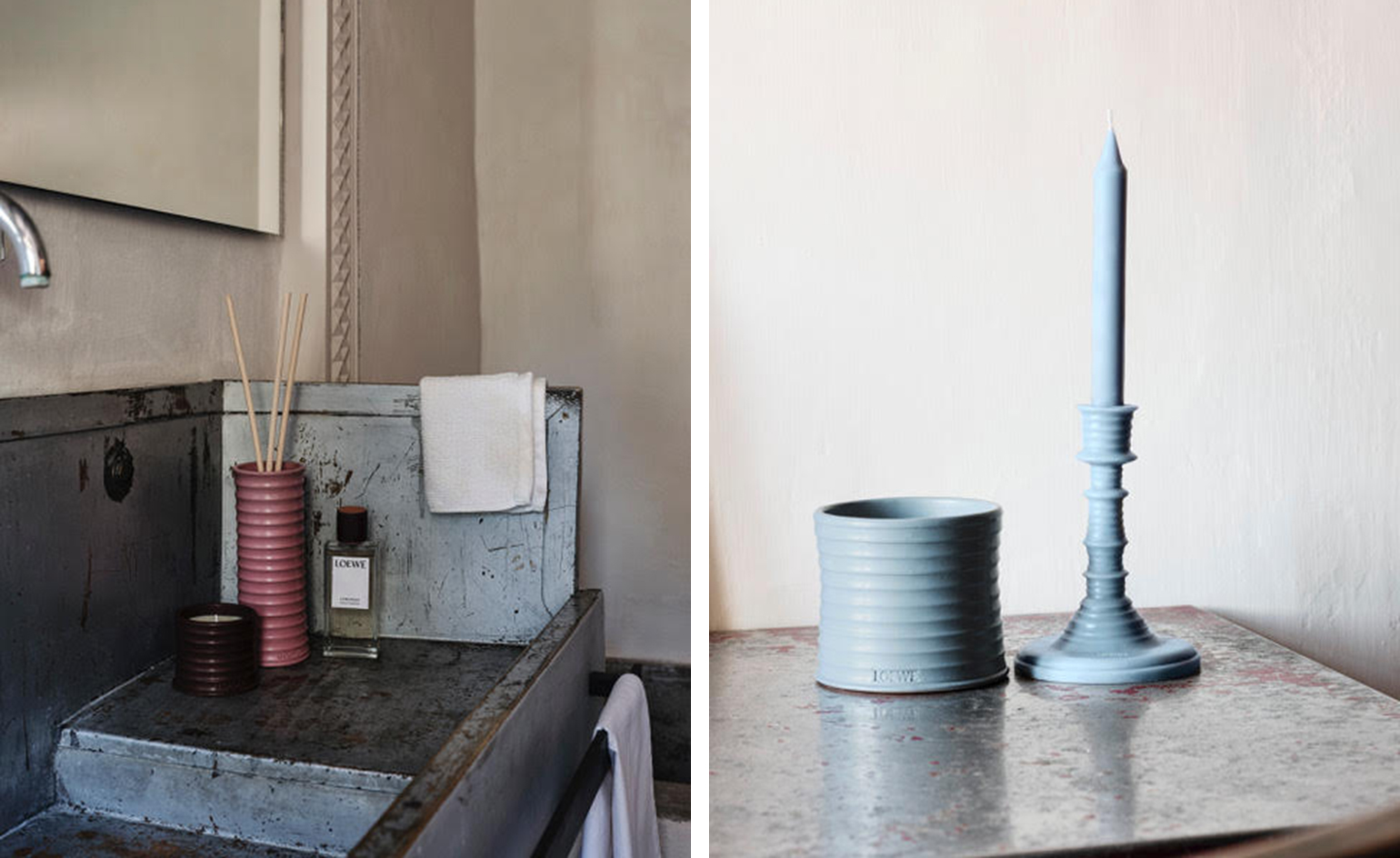 Jonathan Anderson on Loewe's new home fragrances
Jonathan Anderson on Loewe's new home fragrancesLoewe's creative director discusses the brand's plant-inspired interior scents
-
 Introducing the Swedish fragrance brand inspired by high-rise architecture
Introducing the Swedish fragrance brand inspired by high-rise architectureFounded in Sweden by emerging creative Haisam Mohammed, fragrance brand UNIFORM is gaining momentum internationally. Here, Mohammed walks us through his creative process